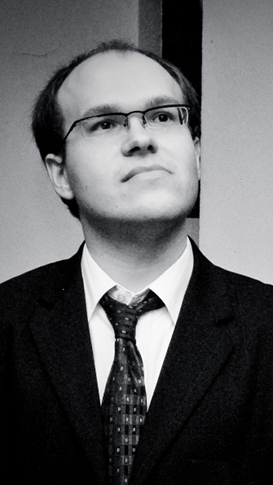

|
ANDREW MORRIS

|
ABOUT MEI am a Winton Advanced Research Fellow in the Cavendish Laboratory at The University of Cambridge. I am associated with both Nanoscience Centre and the Theory of Condensed Matter group. My current interest is in applying the AIRSS method to a range of different materials science problems, focussing mainly on lithium-ion batteries. "Trial and error" plays a large part in the discovery of new materials. From the initial idea, the material must be synthesised and categorised before it can tested which is slow, difficult and expensive. High-throughput computation accelerates this process by suggesting then screening new materials, allowing us to ask "what if?" without the time and expense of manufacturing and categorizing samples. I model Li-ion batteries at the atomic level and try to uncover new materials to increase their capacity. I use global search techniques such as ab initio random structure searching (AIRSS) to predict the ground-state structure of materials. From the ground state we use theoretical spectroscopy techniques to compare our results to experiment. As a junior developer of the electronic structure code CASTEP I develop tools for optics, electron-energy loss spectroscopy (EELS) and core-loss analysis through the OptaDOS code. I use and modify CASTEP-NMR to calculate the chemical shielding of battery materials in collaboration with experimentalists. I am based in the Physics Department with strong links to the Chemistry Department and am currently looking for PhD and Part III project students. BACKGROUNDMy first degree was an M.Phys. (4 year) in Theoretical Physics at the University of York. My final year project was titled Vertex Corrections in Many-Body Perturbation Theory. I worked with Rex Godby's group. I did a Ph.D. in the Theory of Condensed Matter Group in the Cavendish laboratories at The University of Cambridge. I worked with the group of Richard Needs and Mike Towler using the Quantum Monte Carlo computer code CASINO on a project about BEC-BCS crossover in ultra-cold atomic systems. In the final two years of my Ph.D. I began collaborating with Chris Pickard where I modified his AIRSS method to be suitable to discover point defects in semiconductors. Throughout this project I used the planewave DFT code CASTEP. I then spent three years as a research associate with Prof. Chris Pickard's group in the Condensed Matter and Materials group of the Department of Physics and Astronomy at University College London. My full CV is available on request. |